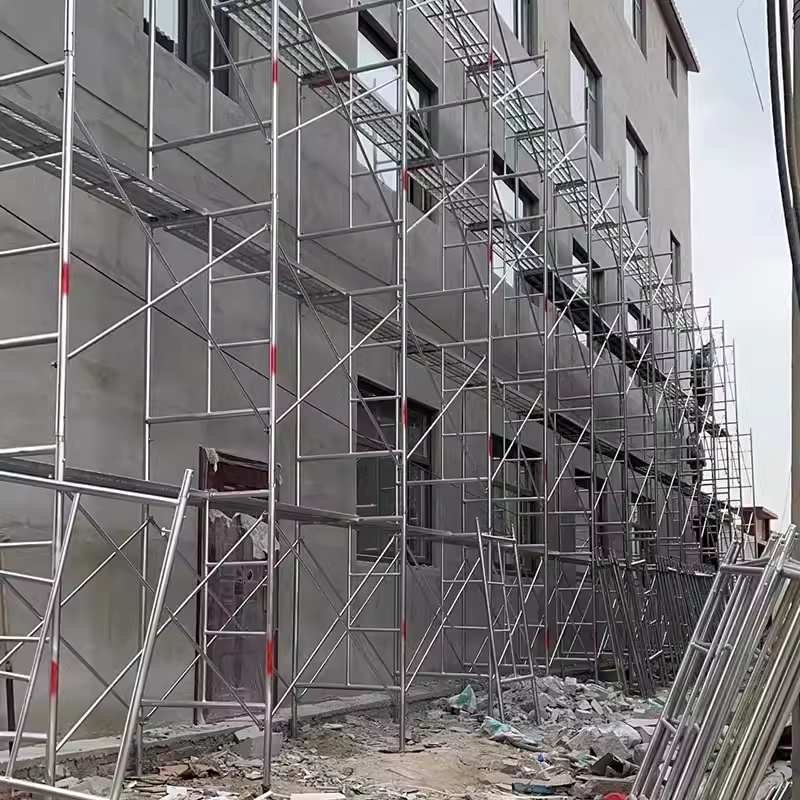دېكابىر . 21, 2024 04:46 Back to list
Formwork Solutions for Efficient Concrete Slab Construction in Industrial Settings
The Importance of Formwork for Concrete Slabs
Concrete slabs serve as a foundational element in various construction projects, be it residential buildings, commercial structures, or industrial facilities. The process of creating these slabs involves a critical component known as formwork. This article will explore the significance of formwork in concrete slab construction, the types of formwork available, and the factors to consider when choosing a formwork solution.
What is Formwork?
Formwork refers to the temporary or permanent molds used to hold poured concrete in place until it hardens and gains sufficient strength. It shapes the concrete into the intended design, ensuring that the slab meets dimensional accuracy and aesthetic standards. In the construction of concrete slabs, formwork is essential for supporting the weight of the wet concrete and providing the necessary surface finish.
Types of Formwork
1. Timber Formwork One of the most traditional and widely used types, timber formwork is favored for its availability and ease of handling. Its flexibility allows for custom shapes and configurations. However, it may not be the most durable option for larger projects.
2. Steel Formwork This type of formwork is more robust and reusable than timber. Steel formwork can withstand heavy loads and offers a smoother finish, reducing the need for post-pour finishing work. The initial investment may be higher, but its longevity makes it cost-effective in the long run.
3. Aluminum Formwork Lightweight and easy to assemble, aluminum formwork is becoming increasingly popular for its efficiency. It requires less manpower and is ideal for projects with repetitive designs. Moreover, aluminum forms offer excellent surface finishes and can be reused multiple times.
4. Plastic Formwork Made from high-density polyethylene, plastic formwork is lightweight, resistant to weather conditions, and easy to clean. It is particularly advantageous for small to medium-sized projects and is often used in developing regions due to its cost-effectiveness and low maintenance.
5. Fabric Formwork A newer solution in the industry, fabric formwork utilizes flexible fabrics to create various shapes. This method allows for unique architectural forms and can significantly reduce the amount of concrete used, promoting sustainability.
The Role of Formwork in Concrete Slab Construction
The formwork’s primary role is to maintain the required shape and dimensions of the concrete slab during the curing process. It also plays a crucial part in
formwork for concrete slabs factory

- Protection against Environmental Factors Formwork shields the fresh concrete from external elements like wind, rain, and extreme temperatures, all of which can adversely affect the curing process
.- Structural Integrity Properly designed and installed formwork ensures the structural integrity of the concrete. It supports the weight of the concrete until it hardens sufficiently and reduces the risk of cracks or defects.
- Aesthetic Finish The type of formwork used can significantly influence the final appearance of the concrete slab. Smooth formwork materials create a cleaner surface, reducing the need for extensive finishing work.
Choosing the Right Formwork
When selecting the appropriate formwork for concrete slabs, several factors should be considered
1. Project Size and Complexity Larger and more complex projects may benefit from modular or reusable formwork systems, while smaller jobs might be suitable for traditional timber or plastic forms.
2. Budget Assessing both immediate costs and long-term returns on investment is crucial. While aluminum or steel formwork may be costly upfront, their durability and reusability can lead to savings over time.
3. Time Constraints Consider the time available for assembly and disassembly. Faster-forming systems may be required for projects with tight timelines.
4. Environmental Conditions The local climate can impact the choice of formwork materials, especially in areas prone to heavy rains or extreme temperatures.
5. Sustainability Goals For eco-conscious projects, explore options like fabric or reusable systems that minimize waste and carbon footprint.
Conclusion
In conclusion, formwork is an integral aspect of constructing concrete slabs, impacting both the quality and efficiency of the project. Understanding the various types of formwork and their benefits can help construction professionals make informed decisions that enhance overall project outcomes. By prioritizing the right formwork solution, builders can ensure strong, durable, and visually appealing concrete slabs that will stand the test of time.
-
Adjustable Heavy Duty Props for Slab Formwork - Strong & Safe Support
NewsAug.22,2025
-
Formwork Spring Clamp Factories: Quality & Bulk Supply
NewsAug.21,2025
-
Premium Ringlock Scaffolding | China Manufacturer & Supplier
NewsAug.19,2025
-
Efficient Table Formwork for Fast Slab Construction & Reusability
NewsAug.18,2025
-
Timber Beam H20 Formwork & Shuttering - Durable & Reliable
NewsAug.17,2025
-
Timber Beam H20: Premium Formwork & Shuttering Solutions
NewsAug.16,2025